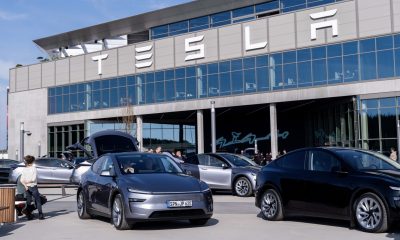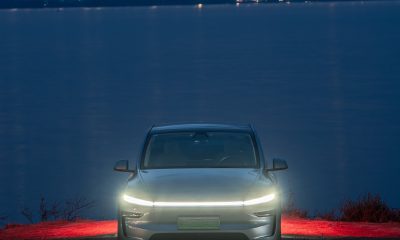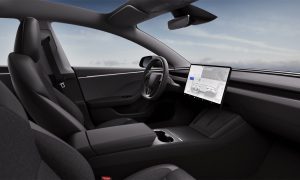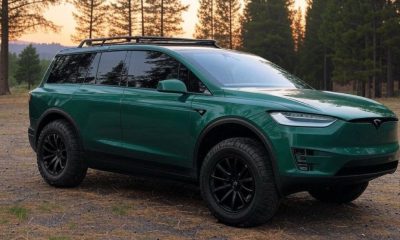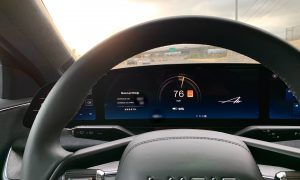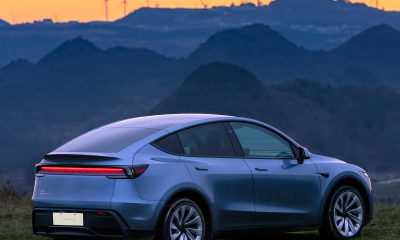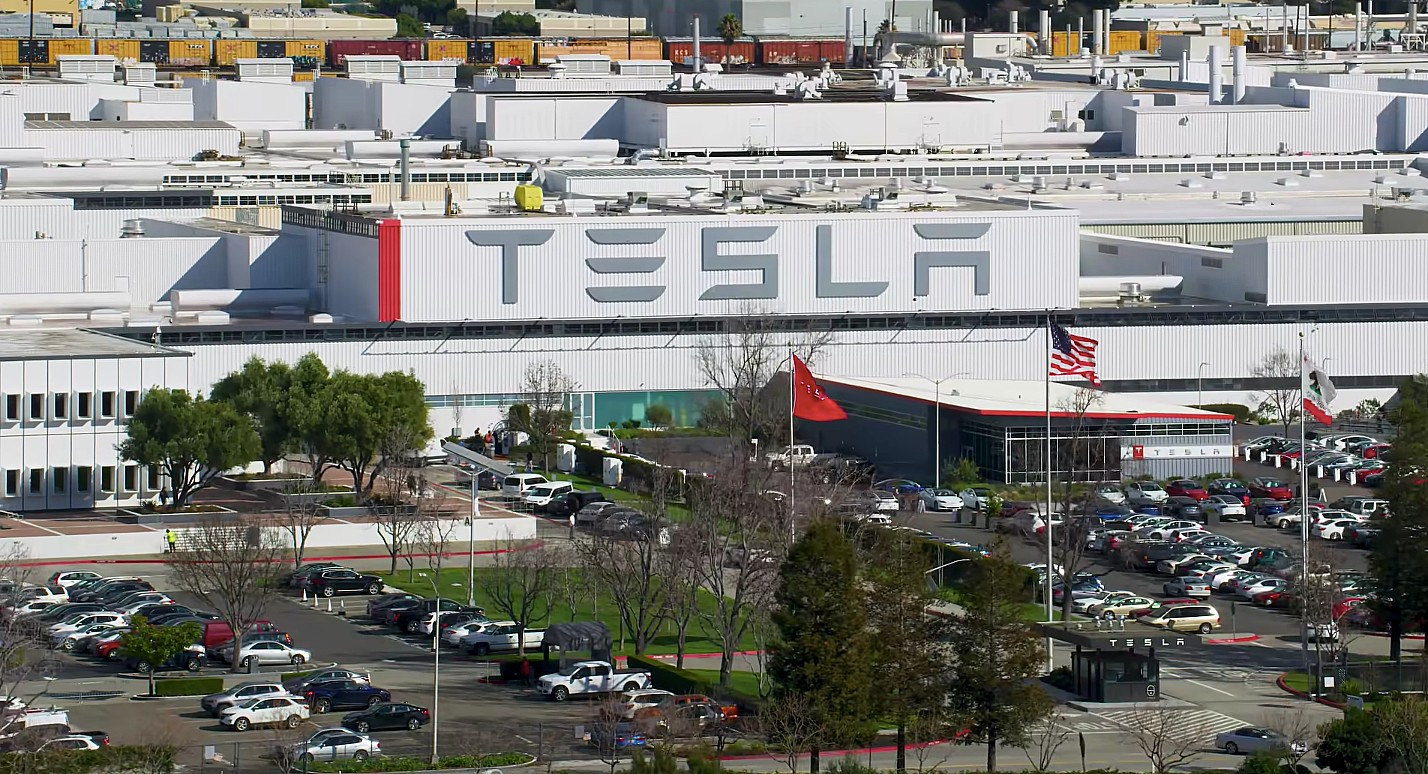

Investor's Corner
Tesla releases Q4 FY 2020 $TSLA results: Record deliveries herald path to record profits
Tesla’s (NASDAQ:TSLA) fourth-quarter and full-year earnings for 2020 saw the electric car maker post $10.7 billion in revenue. The results, which were discussed in an Update Letter, were released after the closing bell on Wednesday, January 27, 2021.
Tesla’s fourth-quarter was impressive, with the electric car maker producing a total of 179,757 vehicles comprised of 16,097 Model S and Model X and 163,660 Model 3 and Model Y. The company also delivered 180,570 vehicles comprised of 161,650 Model 3 and Model Y, as well as 18,920 Model S and Model X.
For the full year of 2020, Tesla produced a total of 509,737 vehicles comprised of 454,932 Model 3 and Model Y, and 54,805 Model S and Model X. The electric car maker also delivered a total of 499,550 vehicles, comprised of 442,511 Model 3 and Model Y, and 57,039 Model S and Model X.
The following are the key points in Tesla’s Q4 FY 2020 Update Letter.
REVENUE
Tesla reported a revenue of $10.7 billion for the fourth quarter. In comparison, Wall Street expected Tesla’s Q4 2020 revenue to be at $10.3 billion, while Estimize was more optimistic at $10.657 billion. As per the EV maker, total revenue grew 46% year-over-year in the fourth quarter. Vehicle average selling price (ASP) also declined 11% YoY as the product mix shifted from the Model S and Model X to the Model 3 and Model Y.
EARNINGS PER SHARE
Tesla shareholders saw non-GAAP earnings per share of $0.80 in the fourth quarter. In comparison, Wall Street consensus expected Tesla to report a gain of $1.04 per share. Estimize’s numbers were a bit more optimistic at $1.08 per share.
CASH
Tesla’s operating cash flow less CAPEX stands at $2.8 billion in 2020. The company’s war chest was also bolstered to $19.4 billion in the fourth quarter. Free cash flow in Q4 also stands at $1.9 billion.
PROFITABILITY
For the full year 2020, Tesla posted a $721 million GAAP net income, $2.5 billion non-GAAP net income. GAAP net income for the fourth quarter stands at $270 million, while non-GAAP net income for Q4 2020 stands at $903 million.
TESLA MODEL S and MODEL X REFRESH
Tesla has also officially announced the details for the Model S and Model X refresh, which featured a completely revamped interior that includes a massive 17″ touchscreen, the same size as the one found on the Cybertruck prototype, a new yoke steering wheel, and an 8″ display for the rear passengers.
Following is Tesla’s Q4 FY 2020 Update Letter.
TSLA-Q4-2020-Update by Simon Alvarez on Scribd
Investor's Corner
Goldman Sachs reduces Tesla price target to $285
Despite Goldman Sach’s NASDAQ: TSLA price cut to $285, Tesla boasts $95.7B in revenue & nearly $1T market cap.
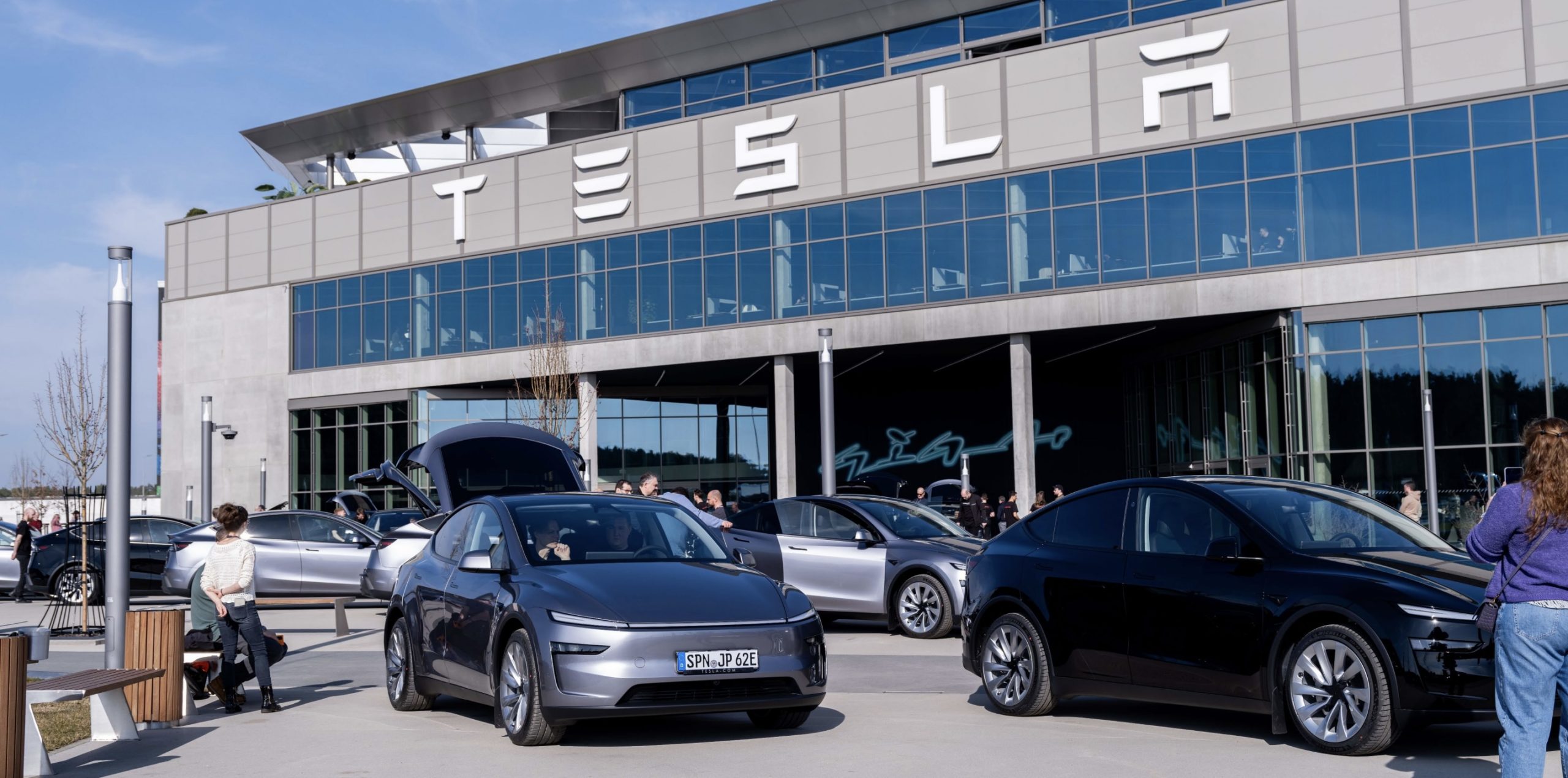
Goldman Sachs analysts cut Tesla’s price target to $285 from $295, maintaining a Neutral rating.
The adjustment reflects weaker sales performance across key markets, with Tesla shares trading at $284.70, down nearly 18% in the past week. The analysts pointed to declining sales data in the United States, Europe, and China as the primary driver for the revised outlook. In the U.S., Tesla’s quarter-to-date deliveries through May fell mid-teens year-over-year, according to Wards and Motor Intelligence.
In Europe, April registrations plummeted 50% year-over-year, with May showing a mid-20% decline, per industry data. Meanwhile, the China Passenger Car Association (CPCA) reported a 20% year-over-year drop in May, despite a 5.5% sequential increase from April. Consumer surveys from HundredX and Morning Consult also shaped Goldman Sachs’ lowered delivery and EPS forecasts.
Goldman Sachs now projects Tesla’s second-quarter deliveries to range between 335,000 and 395,000 vehicles, with a base case of 365,000, down from a prior estimate of 410,000 and below the Visible Alpha Consensus of 417,000. Despite these headwinds, Tesla’s financials remain strong, with $95.7 billion in trailing twelve-month revenue and a $917 billion market capitalization.
Regionally, Tesla’s challenges are stark. In Germany, the German road traffic agency KBA reported Tesla’s May sales dropped 36.2% year-over-year, despite a 44.9% surge in overall electric vehicle registrations. Tesla’s sales fell 29% last month in Spain, according to the ANFAC industry group. These declines highlight shifting consumer preferences amid growing competition.
On a positive note, Tesla is making strategic moves. The Model 3 and Model Y are part of a Chinese government campaign to boost rural sales, potentially mitigating losses. Piper Sandler analysts reiterated an Overweight rating, emphasizing Tesla’s supply chain strategy.
Alexander Potter stated, “Thanks to vertical integration, Tesla is the only car company that is trying to source batteries, at scale, without relying on China.”
As Tesla navigates these delivery challenges, its focus on innovation and supply chain resilience could help it maintain its edge in the electric vehicle market despite short-term hurdles.
Elon Musk
Elon Musk explains Tesla’s domestic battery strategy
Elon Musk responded to a new note from an analyst that highlighted Tesla’s battery strategy.
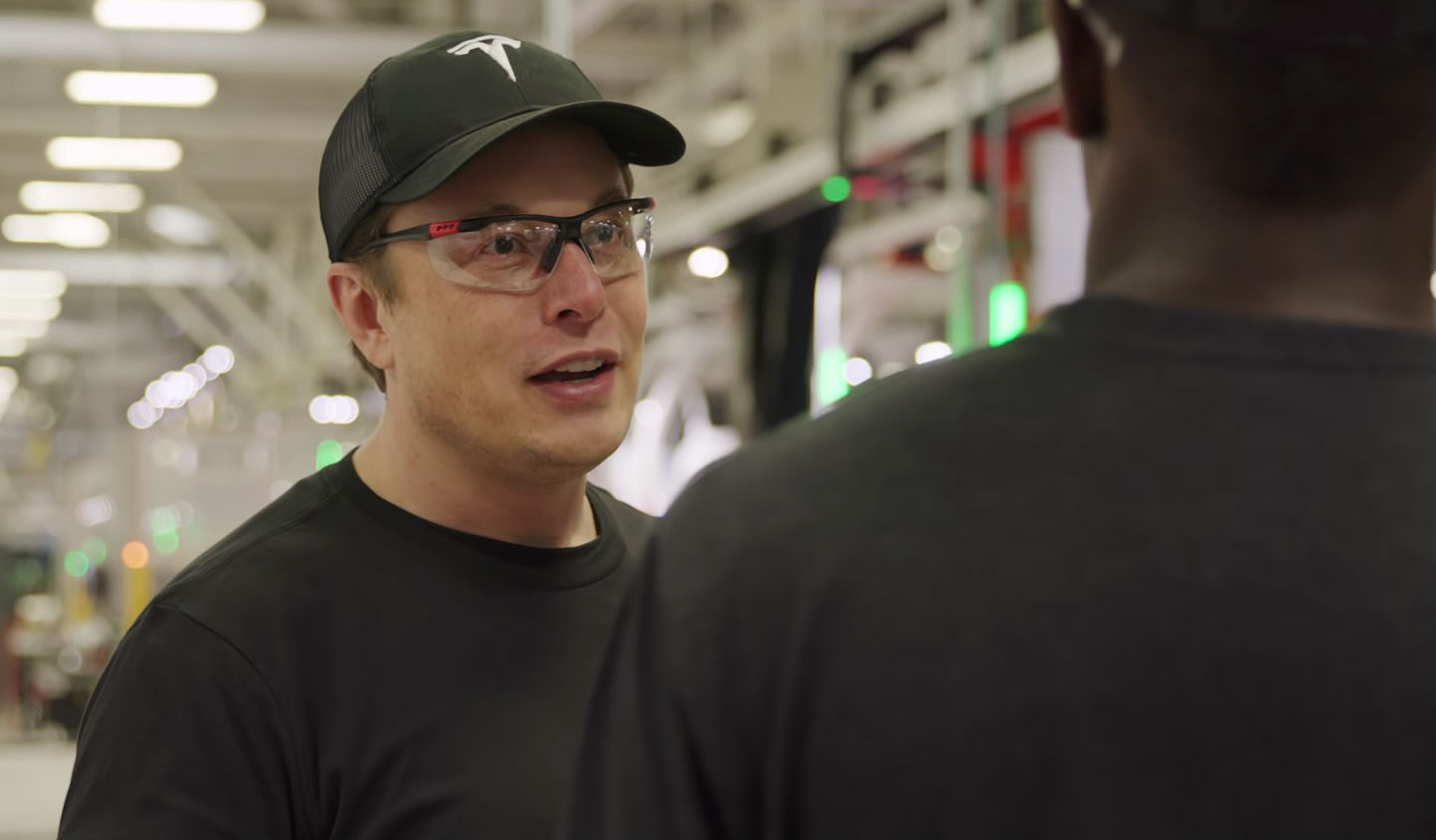
Tesla CEO Elon Musk explained the automaker’s strategy for building batteries from top to bottom in a domestic setting as the company continues to alleviate its reliance on Chinese materials, something other companies are too dependent on.
With the Trump Administration, it is no secret that the prioritization of U.S.-built products, including sourcing most of the materials from American companies, is at the forefront of its strategy.
The goal is to become less dependent on foreign products, which would, in theory, bolster the U.S. economy by creating more jobs and having less reliance on foreign markets, especially China, to manufacture the key parts of things like cars and tech.
In a note from Alexander Potter, an analyst for the firm Piper Sandler, Tesla’s strategy regarding batteries specifically is broken down.
Potter says Tesla is “the only car company that is trying to source batteries, at scale, without relying on China.”
He continues:
“Eventually, Tesla will be making its own cathode active materials, refining its own lithium, building its own anodes, coating its own electrodes, assembling its own cells, and selling its own cars; No other US company can make similar claims.”
Musk, who spent time within the Trump White House through his work with the Department of Government Efficiency (DOGE), said that Tesla is doing the “important” work of localizing supply chains as the risks that come with being too dependent on foreign entities could be detrimental to a company, especially one that utilizes many parts and supplies that are manufactured mostly in China.
It is important, albeit extremely hard work, to localize supply chains to mitigate geopolitical risk
— Elon Musk (@elonmusk) June 3, 2025
Tesla has done a lot of work to source and even manufacture its own batteries within the United States, a project that has been in progress for several years but will pay dividends in the end.
According to a 2023 Nikkei analysis, Tesla’s battery material suppliers were dominated by Chinese companies. At the time, a whopping 39 percent of the company’s cell materials came from Chinese companies.
This number is decreasing as it operates its own in-house cell and material production projects, like its lithium refinery in Texas.
It also wants to utilize battery manufacturers that have plans to build cells in the U.S.
Panasonic, for example, is building a facility in Kansas that will help Tesla utilize domestically-manufactured cells for its cars.
Elon Musk
Tesla stock: Morgan Stanley says eVTOL is calling Elon Musk for new chapter
Could Tesla dive into the eVTOL market? Morgan Stanley takes a look.
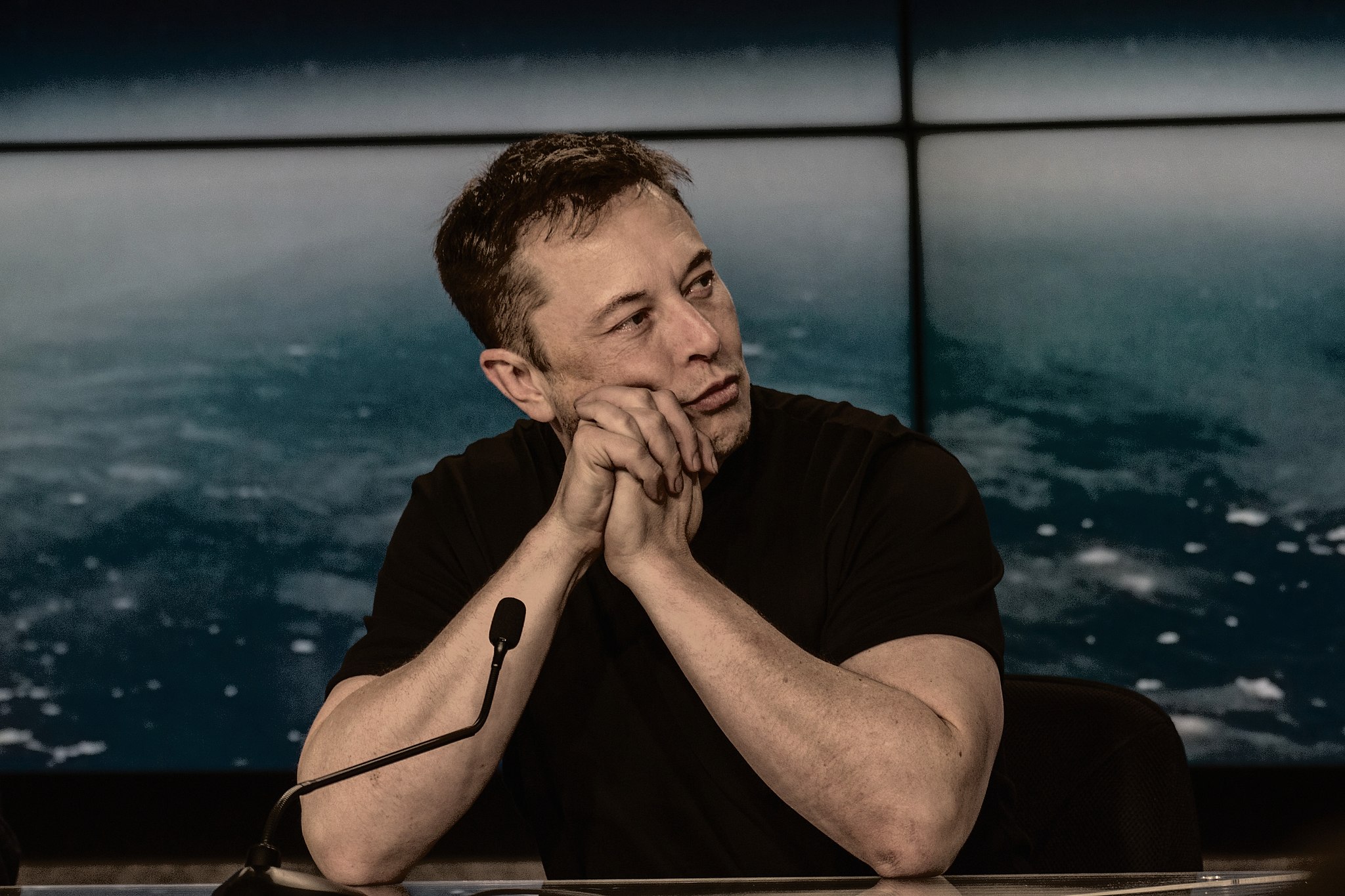
Tesla shares are up nearly 20 percent in the past month, but that is not stopping the only trillion-dollar automaker from attracting all types of new potential sectors to disrupt, at least from an investor and analyst perspective.
Morgan Stanley’s Adam Jonas is not one to shy away from some ideas that many investors would consider far-fetched. In a recent note, Jonas brought up some interesting discussion regarding Tesla’s potential in the eVTOL industry, and how he believes CEO Elon Musk’s answer was not convincing enough to put it off altogether.
Tesla’s Elon Musk says electric planes would be ‘fun problem to work on’
Musk said that Tesla was “stretched pretty thin” when a question regarding a plane being developed came up. Jonas said:
“In our opinion, that’s a decidedly different type of answer. Is Tesla an aviation/defense-tech company in auto/consumer clothing?”
Musk has been pretty clear about things that Tesla won’t do. Although he has not unequivocally denied aviation equipment, including planes and drones, as he has with things like motorcycles, it does not seem like something that is on Musk’s mind.
Instead, he has focused the vast majority of his time at Tesla on vehicle autonomy, AI, and robotics, things he sees as the future.
Tesla and China, Robotics, Pricing
Morgan Stanley’s note also discussed Tesla’s prowess in its various areas of expertise, how it will keep up with Chinese competitors, as there are several, and the race for affordable EVs in the country.
Tesla is the U.S.’s key to keeping up with China
“In our view, Tesla’s expertise in manufacturing, data collection, robotics/ physical AI, energy, supply chain, and infrastructure are more critical than ever before to put the US on an even footing with China in embodied AI,” Jonas writes.
It is no secret that Tesla is the leader in revolutionizing things. To generalize, the company has truly dipped its finger in all the various pies, but it is also looked at as a leader in tech, which is where Chinese companies truly have an advantage.
Robotics and the ‘Humanoid Olympics’
Jonas mentioned China’s recent showcasing of robots running half marathons and competing in combat sports as “gamification of robotic innovation.”
Tesla could be at the forefront of the effort to launch something similar, as the analyst predicts the U.S. version could be called “Humanoid Ninja Warrior.”
Pricing
Tesla is set to launch affordable models before the end of Q2, leaving this month for the company to release some details.
While the pricing of those models remains in limbo with the $7,500 tax credit likely disappearing at the end of 2024, companies in China have been able to tap incredibly aggressive pricing models. Jonas, for example, brings up the BYD Seagull, which is priced at just about $8,000.
Tesla can tap into an incredibly broader market if it can manage to bring pricing to even below $30,000, which is where many hope the affordable models end up.
During the Q3 2024 Earnings Call, Musk said that $30,000 is where it would be with the tax credit:
“Yeah. It will be like with incentive. So, 30K, which is kind of a key threshold.”
-
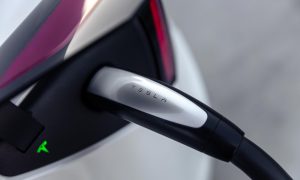
 News6 days ago
News6 days agoTesla to lose 64 Superchargers on New Jersey Turnpike in controversial decision
-
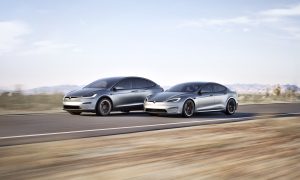
 News2 weeks ago
News2 weeks agoTesla’s new Model S and X spotted, but they leave a lot to be desired
-
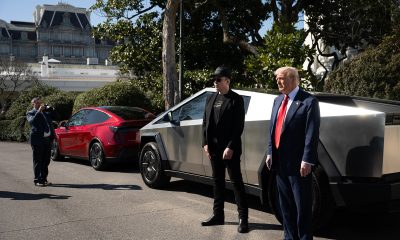
 Elon Musk2 weeks ago
Elon Musk2 weeks agoHow Tesla could benefit from the ‘Big Beautiful Bill’ that axes EV subsidies
-
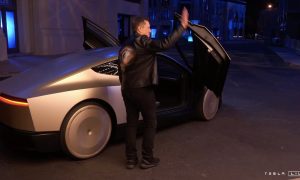
 Elon Musk2 weeks ago
Elon Musk2 weeks agoTesla set for ‘golden age of autonomous’ as Robotaxi nears, ‘dark chapter’ ends: Wedbush
-
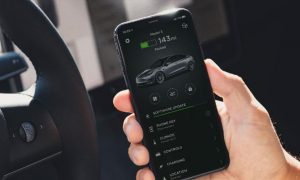
 News1 week ago
News1 week agoTesla gets major upgrade that Apple users will absolutely love
-
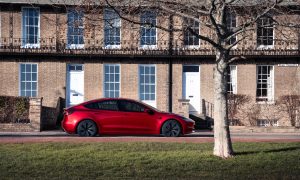
 News2 weeks ago
News2 weeks ago‘Tesla tax’ could be no more in United Kingdom
-
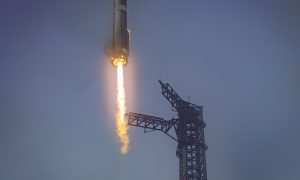
 Elon Musk2 weeks ago
Elon Musk2 weeks agoSpaceX Starship gets FAA nod for ninth test flight
-
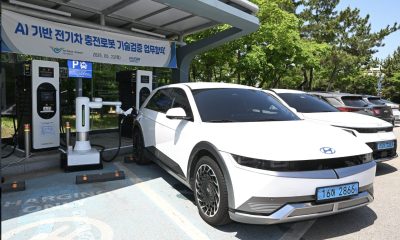
 News2 weeks ago
News2 weeks agoHyundai begins real-world testing of AI-powered EV charging robot


